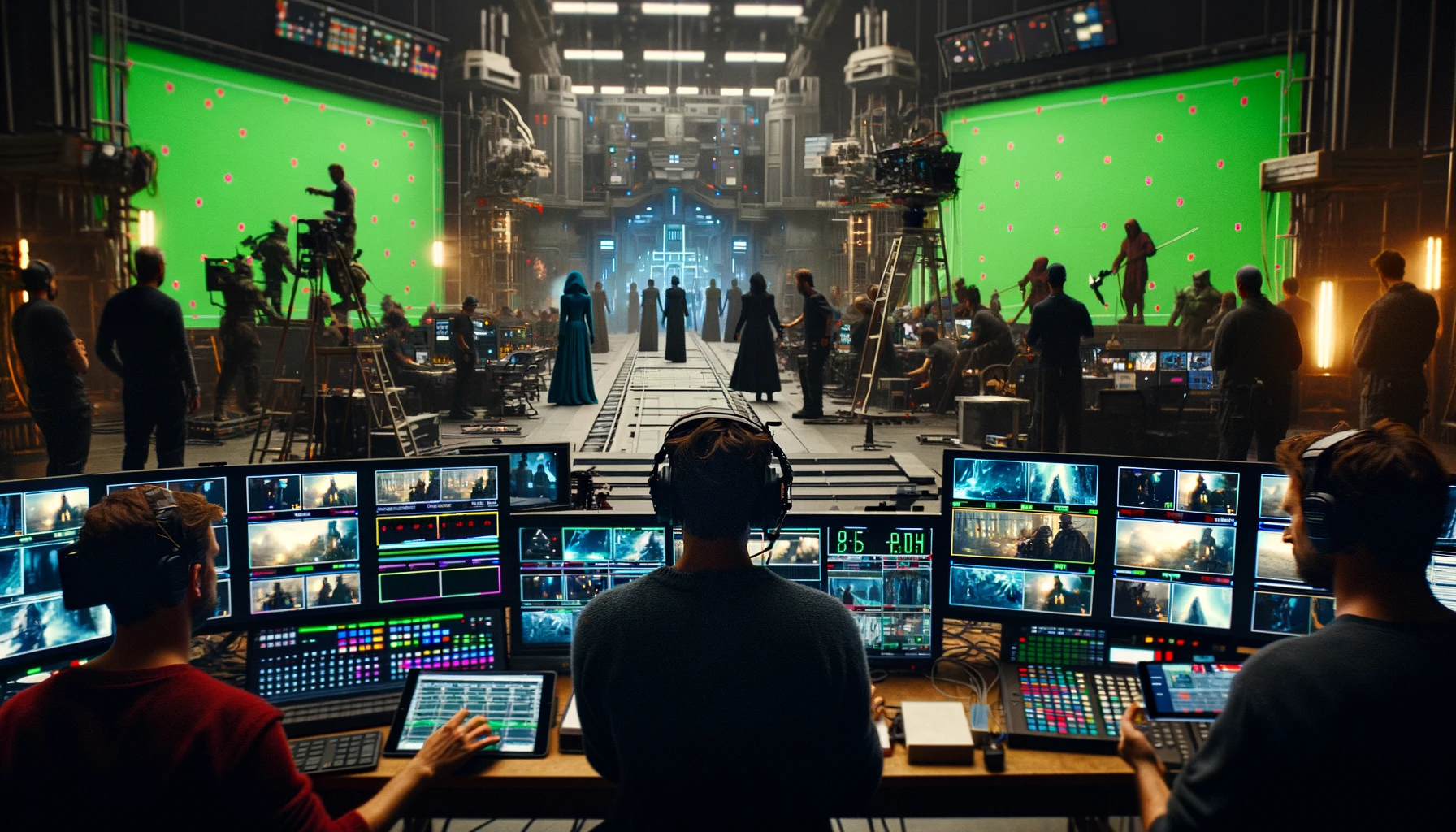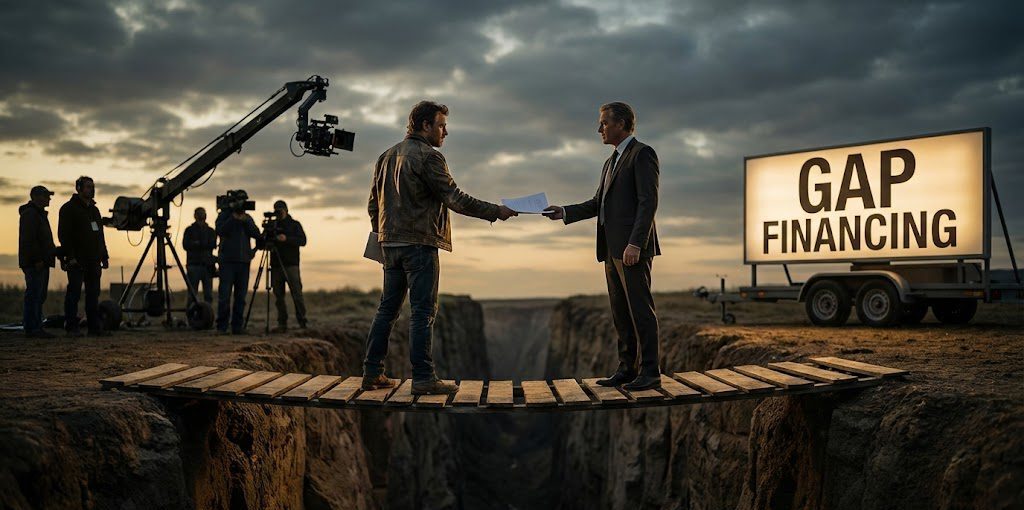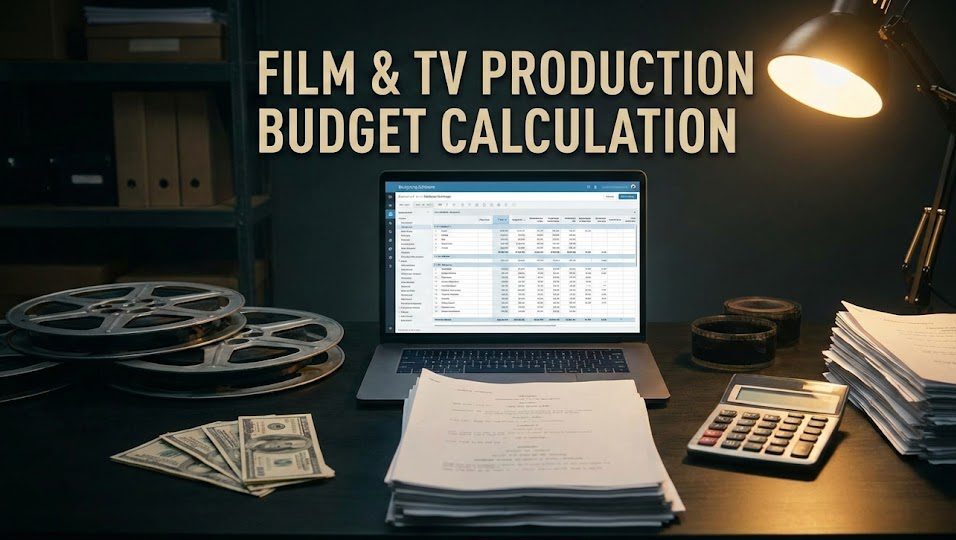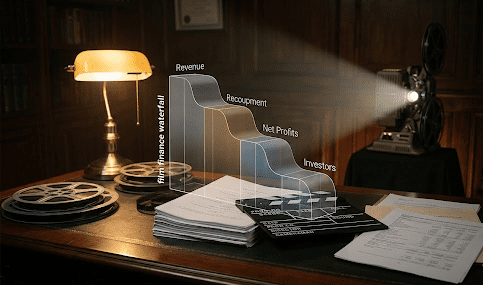On-set VFX Supervision
In today’s film industry, the integration of visual effects (VFX) has become a cornerstone of modern filmmaking. For directors and producers, choosing the right on-set VFX supervision studio is a crucial decision that can significantly impact the quality and success of their project. On-set VFX supervision ensures that visual effects elements are seamlessly incorporated into live-action shots, maintaining continuity, quality, and efficiency throughout the production process. This comprehensive guide will walk you through the essential factors to consider when selecting an on-set VFX supervision studio, helping you make an informed decision that aligns with your creative vision and project needs.
Understanding On-set VFX Supervision
What is On-set VFX Supervision?
On-set VFX supervision involves the presence of a VFX supervisor during the filming process to oversee the capture of visual effects elements. This role is critical in ensuring that VFX shots are correctly executed, minimizing the need for costly reshoots and post-production fixes. The on-set VFX supervisor collaborates closely with the director, cinematographer, and other key crew members to plan, execute, and monitor VFX shots in real-time.
Importance of On-set VFX Supervision
The presence of an on-set VFX supervisor brings several benefits to a film production:
- Quality Assurance: Ensures that VFX elements are captured correctly, maintaining high visual standards.
- Efficiency: Streamlines the production process by addressing potential issues during filming, reducing post-production workload.
- Creative Control: Provides the director with the ability to see VFX elements in real-time, allowing for immediate adjustments and creative decisions.
- Cost Savings: Minimizes the risk of reshoots and extensive post-production fixes, keeping the project within budget.
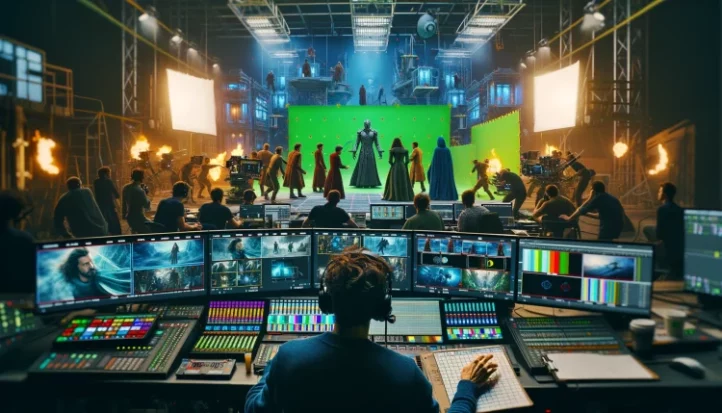
Looking for VFX
Experts or Projects?
Join Vitrina to Expand Your Global Entertainment Network
- Promote
Your VFX
Services. - Connect
with Vendors &
Studios Worldwide. - Discover
New Projects &
Opportunities - Find
Trusted VFX
Partners.

Key Factors to Consider When Choosing an On-set VFX Supervision Studio
Experience and Expertise
Industry Experience
When selecting a VFX supervision studio, the first factor to consider is their industry experience. Look for studios with a proven track record in handling projects similar to yours. Experienced studios are more likely to anticipate and solve potential challenges, ensuring a smooth production process.
Expertise in Relevant Genres
Different film genres require specific VFX techniques and knowledge. Ensure that the studio you choose has expertise in the genre of your project. For example, a studio with extensive experience in sci-fi movies might not be the best choice for a historical drama that requires subtle visual effects.
Portfolio and Case Studies
Review Previous Work
A studio’s portfolio is a valuable resource for assessing their capabilities. Review their previous work to get a sense of their style, quality, and the complexity of the projects they have handled. Pay attention to the consistency and execution of VFX elements across different projects.
Case Studies and Testimonials
Case studies and client testimonials provide insights into how the studio handles projects from start to finish. Look for detailed case studies that highlight the studio’s problem-solving skills, collaboration process, and the impact of their work on the final product.
Technical Capabilities
Technology and Tools
The VFX industry relies heavily on advanced technology and tools. Ensure that the studio you choose is equipped with the latest software, hardware, and VFX tools. This not only ensures high-quality output but also allows for greater creative flexibility and efficiency.
Innovative Techniques
Inquire about the studio’s approach to innovation and their use of cutting-edge techniques. Studios that invest in research and development are more likely to deliver unique and visually stunning results.
Looking for Global VFX Projects?
Create your profile on Vitrina!
- Promote your VFX studio.
- Connect with global studios.
- Showcase projects & clients.
- Find projects matching your expertise.

Collaboration and Communication
Collaborative Approach
Effective collaboration is crucial in film production. Choose a studio that values teamwork and has a collaborative approach to working with directors, cinematographers, and other crew members. A studio that listens to your vision and provides constructive feedback will contribute significantly to the success of your project.
Communication Skills
Clear and consistent communication is essential for a smooth production process. Evaluate the studio’s communication skills during your initial interactions. A responsive and transparent studio will keep you informed at every stage of the project, ensuring that your vision is accurately realized.
Budget and Cost Management
Transparent Pricing
Budget constraints are a reality for most film projects. Look for a studio that provides transparent pricing and is upfront about costs. This includes detailing what is included in their services and any potential additional charges.
Cost Management Strategies
A good VFX supervision studio will offer cost management strategies to help you stay within budget. This could include efficient planning, resource optimization, and minimizing the need for reshoots or extensive post-production fixes.
References and Reputation
Industry Reputation
A studio’s reputation within the industry is a strong indicator of their reliability and quality of work. Seek recommendations from industry peers, read reviews, and check for any accolades or awards the studio may have received.
References
Request references from the studio and follow up with previous clients. This will give you firsthand insights into their experience working with the studio, including their strengths and any potential areas of concern.
The Selection Process: Step-by-Step Guide
Step 1: Define Your Project Requirements
Before you start looking for a VFX supervision studio, clearly define your project requirements. This includes understanding the scope of VFX work needed, your budget, timeline, and any specific technical or creative requirements.
Step 2: Research Potential Studios
Conduct thorough research to identify potential VFX supervision studios. Use industry directories, online platforms, and professional networks to compile a list of studios that meet your initial criteria.
Step 3: Evaluate Portfolios and Case Studies
Review the portfolios and case studies of the shortlisted studios. Assess the quality, style, and complexity of their previous work to determine if they align with your project needs.
Step 4: Conduct Interviews
Reach out to the studios that have made it through your initial evaluation and schedule interviews. Use this opportunity to discuss your project in detail, understand their approach, and assess their communication skills and responsiveness.
Step 5: Request Proposals
Ask the shortlisted studios to provide detailed proposals outlining their approach to your project, including timelines, costs, and any specific strategies they will employ. Compare these proposals to identify the best fit for your project.
Step 6: Check References
Contact the references provided by the studios to gain insights into their reliability, quality of work, and collaboration style. This will help you make an informed decision.
Step 7: Make Your Decision
Based on your evaluation and the information gathered, select the VFX supervision studio that best meets your project requirements. Ensure that all terms and expectations are clearly outlined in a contract before proceeding.
Common Challenges in On-set VFX Supervision and How to Overcome Them
Technical Challenges
Solution: Advanced Planning and Preparation
Technical challenges can arise from various factors, including equipment limitations, lighting conditions, and unforeseen environmental factors. To mitigate these challenges, thorough planning and preparation are essential. Conduct technical rehearsals, test equipment, and develop contingency plans for potential issues.
Communication Breakdowns
Solution: Establish Clear Communication Protocols
Effective communication is critical in managing VFX elements on set. Establish clear communication protocols from the outset, ensuring that all team members understand their roles and responsibilities. Regular check-ins and updates can help maintain alignment and address any issues promptly.
Budget Overruns
Solution: Detailed Budget Planning and Monitoring
Budget overruns can occur due to various factors, including unexpected technical challenges, additional VFX requirements, and reshoots. To manage your budget effectively, develop a detailed budget plan that accounts for potential contingencies. Monitor expenses closely and adjust plans as needed to stay within budget.
Creative Differences
Solution: Collaborative Decision-Making
Creative differences between the director, VFX supervisor, and other team members can impact the final product. To address this, foster a collaborative decision-making process that values input from all stakeholders. Encourage open dialogue and compromise to achieve a shared vision.
Summary
Choosing the right on-set VFX supervision studio is a critical decision that can significantly impact the success of your film project. By considering factors such as experience, technical capabilities, collaboration, budget management, and reputation, you can make an informed choice that aligns with your creative vision and project needs. Follow the step-by-step guide to navigate the selection process, and be prepared to address common challenges with effective strategies. With the right VFX supervision studio, you can bring your cinematic vision to life with stunning visual effects that captivate audiences and elevate your storytelling.
An on-set VFX supervisor oversees the integration of visual effects into live-action footage during the film shoot. They collaborate with the director, cinematographer, and other crew members to plan and execute VFX shots, ensuring that the effects are captured correctly and meet the project’s visual and technical requirements.
On-set VFX supervision is crucial because it ensures visual continuity and quality, reduces the need for costly reshoots, streamlines the post-production process, and allows directors to achieve their creative vision by integrating practical and digital elements seamlessly.
Key factors to consider include the studio’s industry experience, expertise in relevant genres, portfolio and case studies, technical capabilities, collaborative approach, communication skills, budget management, and reputation. Assessing these factors will help you find a studio that aligns with your project needs.
Review the studio’s previous work to assess the quality, style, and complexity of their projects. Look for consistency in their execution of VFX elements and how well they align with the types of effects you need for your project. Detailed case studies and client testimonials can also provide valuable insights.
Common challenges include technical issues, communication breakdowns, budget overruns, and creative differences. These challenges can be mitigated through thorough planning and preparation, establishing clear communication protocols, detailed budget planning and monitoring, and fostering a collaborative decision-making process.

